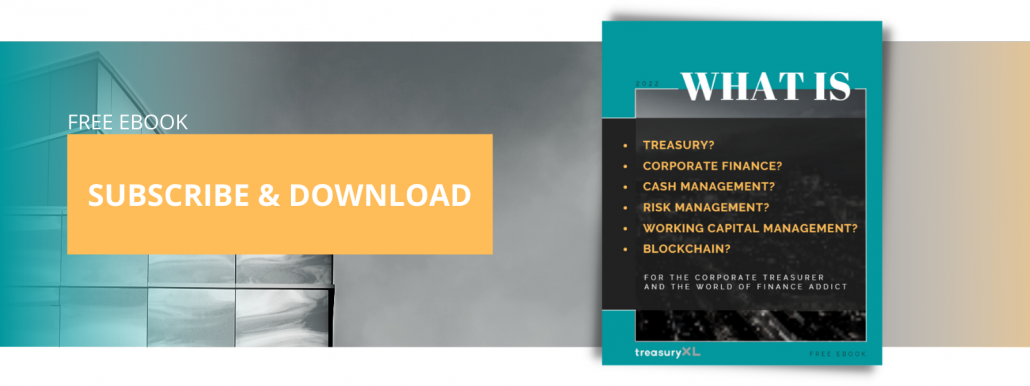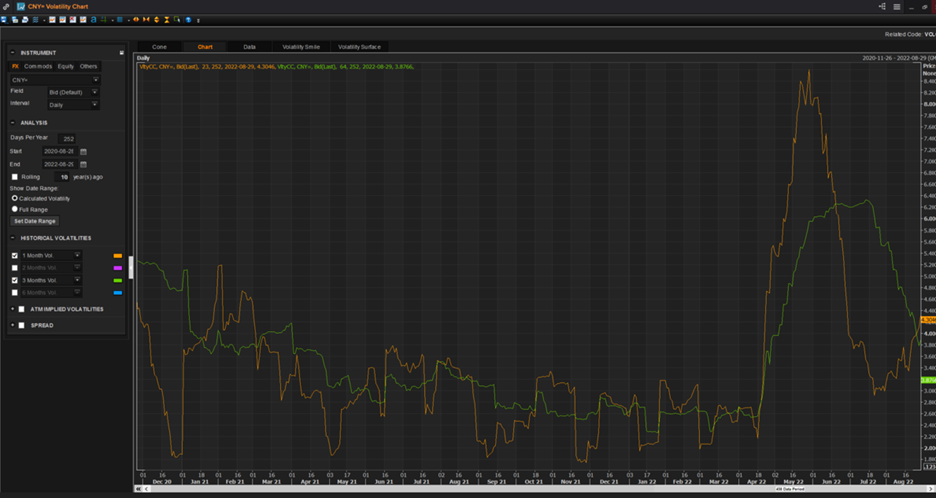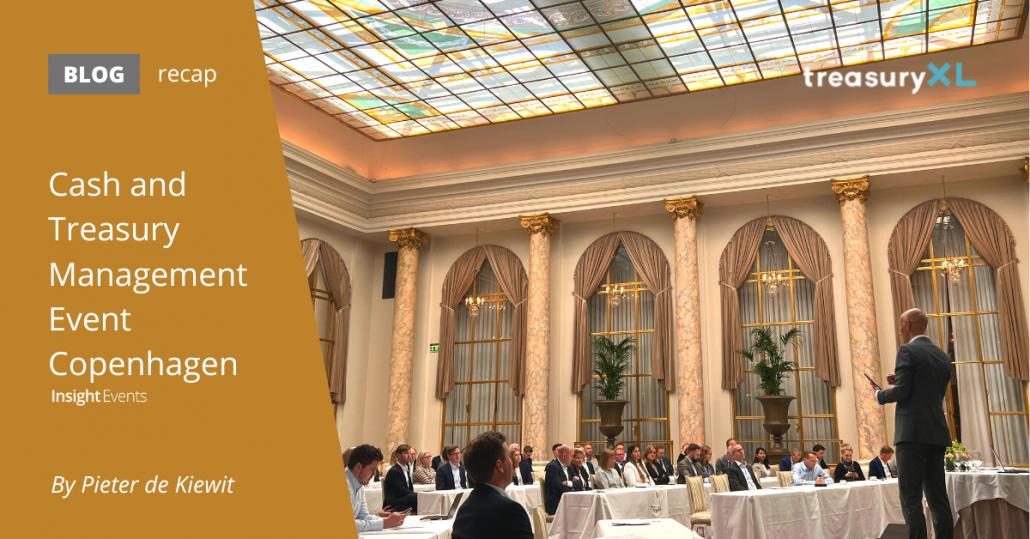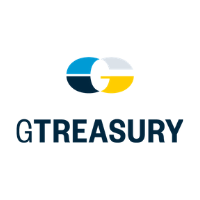Where did the treasury applicants go? | By Pieter de Kiewit
19-09-2022 treasuryXL | Pieter de Kiewit | Treasurer Search LinkedIn
As treasury recruiters, we should know enough about corporate treasury to do intakes and screen candidates. Also, we should know the latest about what’s happening in the field of recruitment and so we read the publications of Geert-Jan Waasdorp of The Intelligence Group. I would like to share his latest, very interesting article and build the treasury connection.
By Pieter de Kiewit

Labour market pressures are not equally distributed among all employers.
I left a link if you want to read the full article but this is roughly what he says. There is a huge growth in people working since before covid. In parallel, there is a huge decline in active applicants. This pressure in the labour market is not evenly distributed among all employers. The ones that can find new employees can do so because of a strong employer brand and increased investments in own or external recruitment. Also, they are willing to decide quick and offer a better package.
So what does this mean if we project these findings on the corporate treasury labour market? My personal observation is that treasury staff is, on average, less driven by the company brand and more by the job content than candidates from other job types. We learned this working for clients like Tesla and Nike. Employer branding specifically towards treasurers would also be hard, I cannot envision a corporate recruiter promoting his manufacturing company at Eurofinance.
How to adapt?
The obvious low-hanging fruit is that the hiring manager, already at the start of the process, has to organise and choose a mindset in the following: being able to decide quickly, from fewer candidates than before, and offering more than the old standard. Even highly skilled recruiters sometimes underestimate these aspects over time.
The judgement if the internal recruitment team is equipped to tackle the search or whether an external one should do the job – we, Treasurer Search – I will not elaborate on here. What I do want to mention is another obvious source that can be opened. For some of us that are considered a paradigm shift: bringing treasury talent in from abroad, from within the EU or even sponsoring a work permit. I am aware that some of us consider this topic highly political. What I can tell, both from our own organisation, as well as from successful placements with our clients, that this can be a very successful solution. In the Dutch labour market already the majority of candidates placed by us is non-Dutch. This is not a plea to open the borders and not be critical. Regretfully we have examples where this solution did not lead to success as coming to The Netherlands can be hard for the new employee. But also locally found candidates can fail in their new job.
My conclusion is that indeed, the world is different, as is the labour market. And given current demographic developments I do not expect a shift back. Luckily there are solutions but we will have to accept the consequences and cannot lean back. Those that do will shrink and go extinct.
Good luck in your search,
Pieter

Thanks for reading!















